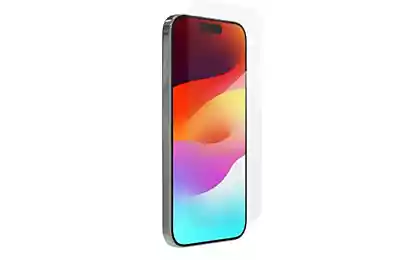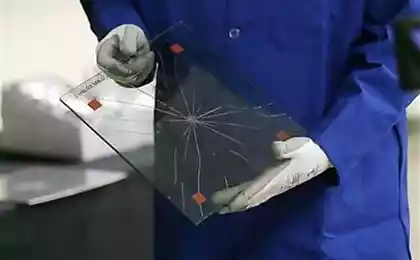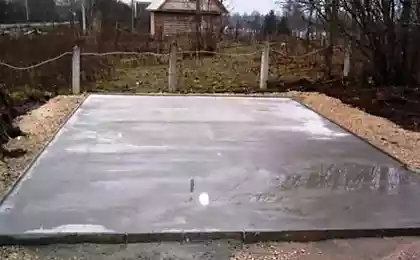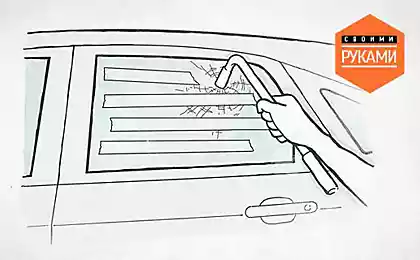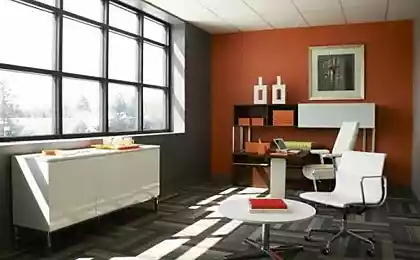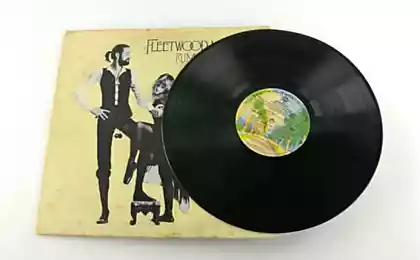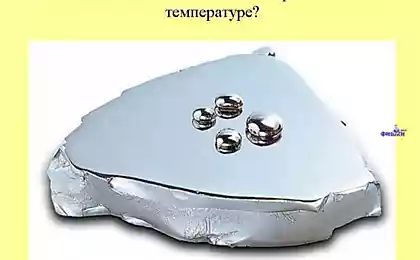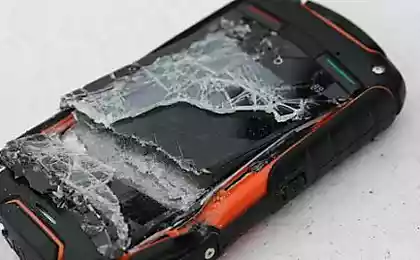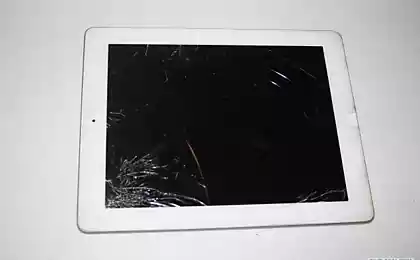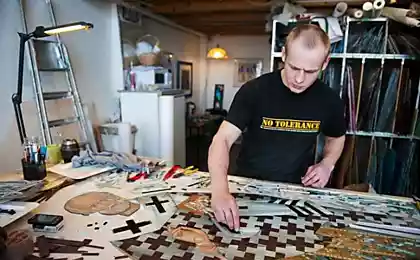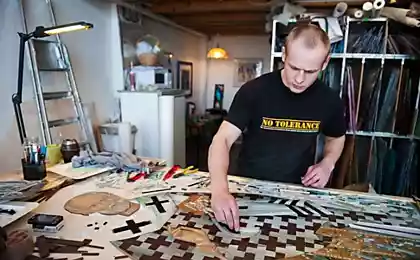868
How to build a future of glass
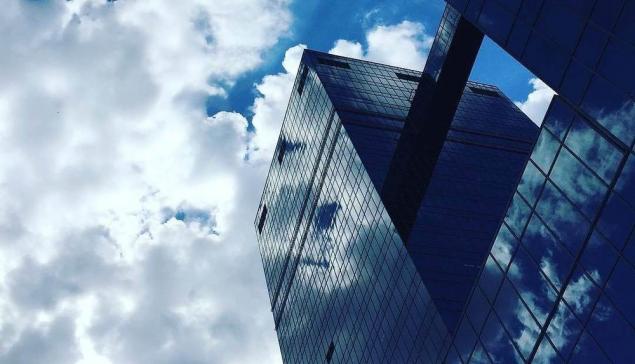
People learned to make and process glass more than 5 thousand. Years ago, but still it is surprising the variety and capabilities of its properties. According to media reports the impression that the world of the future will be built on graphene, antimatter Vibranium and other unknown substances. Nothing to say about glass? Certainly not. At the last in Mail.Ru Group office scientific lectures Set Up glazier and Ph.D. George Shakhgildyan lecture, on which there was an article telling that this glass is and what it is all of us serve.
What is glass?
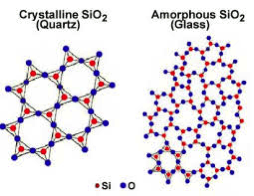
glass and quartz are composed of silicon dioxide.
The molten glass is made from sand. Ordinary sand - crystals is SiO2 (silicon and oxygen). Each pellet structure consists of flat rings having proximal and distal procedure. Short-range order - is the distance between atoms of silicon and oxygen the same, long-range order - when atoms and molecules have the same mutual arrangement at any point of substance. It turns out the so-called translational symmetry.
In the glass there are only short-range order. When heated to a liquid crystal is converted - into the melt. Upon cooling of the melt, we obtain glass - a structure with an inhomogeneous structure. One of the features of glass is the presence of so-called glass transition interval we can heat it in a certain range, and change its properties
. The glass may consist not only of silicon and oxygen. Many elements (sodium, barium, silver, yttrium, tin, calcium, etc.) are glass modifiers imparting to it a variety of unique properties.
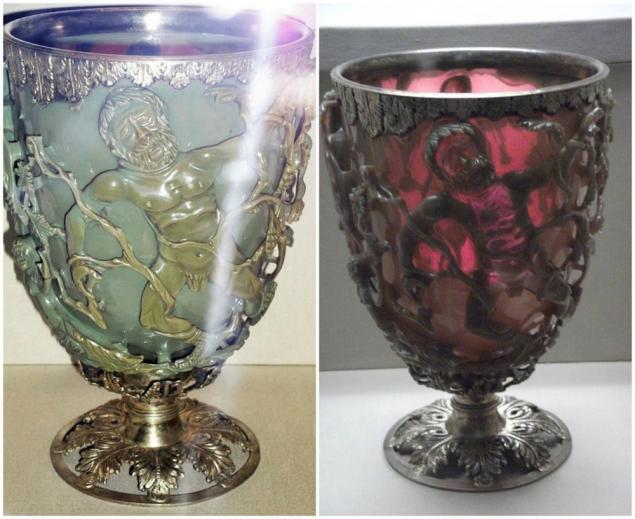
Source: wiki
One of the most famous examples is a glass modifier Lycurgus Cup - a glass vessel, made in IV. BC Cup color changes depending on the light. Thus, the reflected light is colored green, and clearance - red. Previously, this feature was seen as magic, but it's all about the chemical composition of glass: hybrid nanoparticles of silver and gold give the glass is an optical property
. Why use glass?
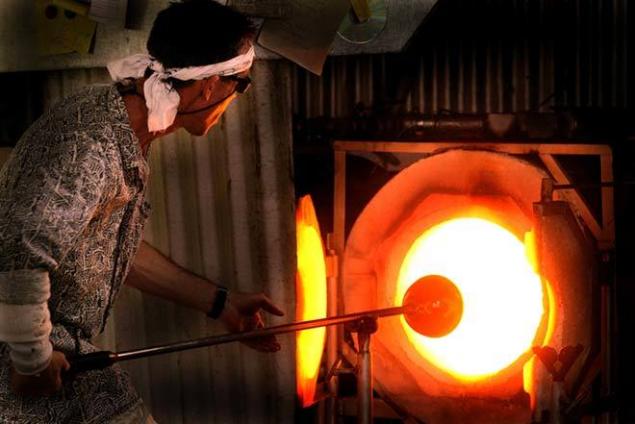
Source.
glass manufacturing process is similar to cooking soup. First, the ingredients come from - different crystalline materials: ash, sand, some additional oxides. All this is mixed and placed into a special tank - large crucible furnaces or melters. They poured a mixture of substances and is heated to a temperature of 1500-1700 oC.
Remember the glass transition interval? This temperature range within which we can do something with the glass to give it some shape. You can create bottles, window glass and even glass, which treat cancer - microbeads, which include radioactive yttrium. The doctor inserts a portion of the microspheres into the affected organ, where they are uniformly distributed through the circulatory system and via radiation destroys the cancer cells. At the same time, radiation microsources sealed vessels (known as embolization - therapeutic clogging) and do not allow to feed the cancer cells.
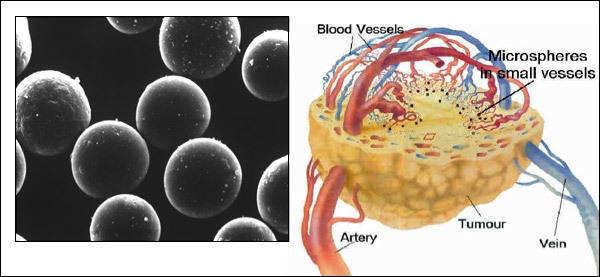
microgranules with yttrium-90 are introduced into the artery of the liver.
Fill the microbeads can not only yttrium - any necessary medication is placed into granules and injected directly into the affected organ or applied to the skin surface. Gradually releasing the drug, they ensure its long-term effect. Number of microgranules so small that they are not in any way adversely affect the life and performance of the affected organ.
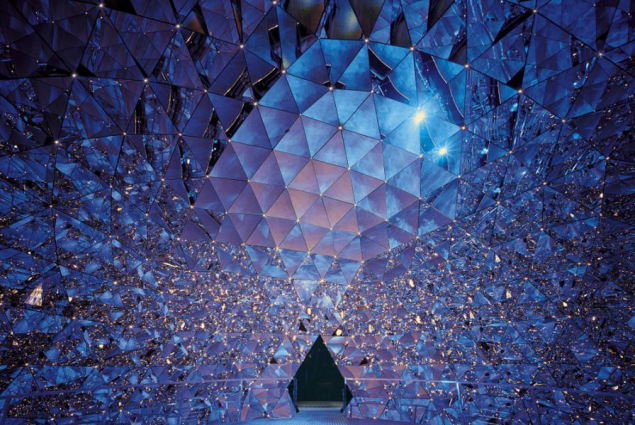
Source.
Any type of glass, which are very fond of the girl - Swarowski. The manufacturer says that it is the crystals, but in fact it is glass with a high lead content (30%), which is not very useful. But precisely because of lead glass shines so beautifully.
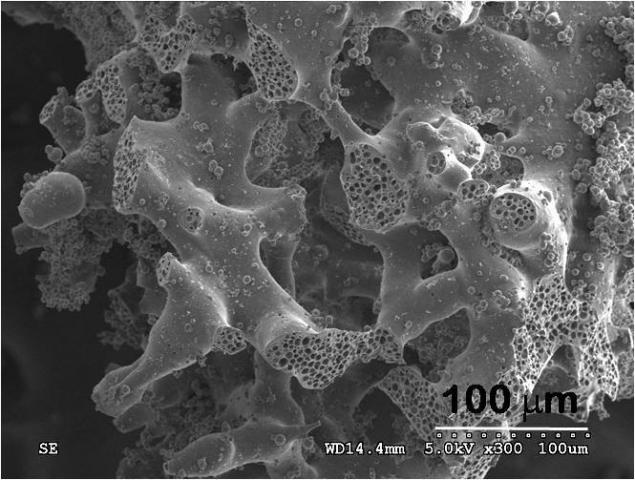
Like human bone bioactive glass has a porous structure.
There the glass from which the bone can grow. The 3D-printer of special bioactive glasses print Scaffold structures. They are introduced directly into the damaged part of the bone, and they are growing osteoblasts and other cells. The result is new bone, and the Scaffold dissolves as a biodegradable glass. In the process of dissolving the material releases calcium and other substances that stimulate bone growth.
There are windows, which make DNA - a special nanoporous glass, which can be planted in different oligonucleotides
. Glass as a storage medium
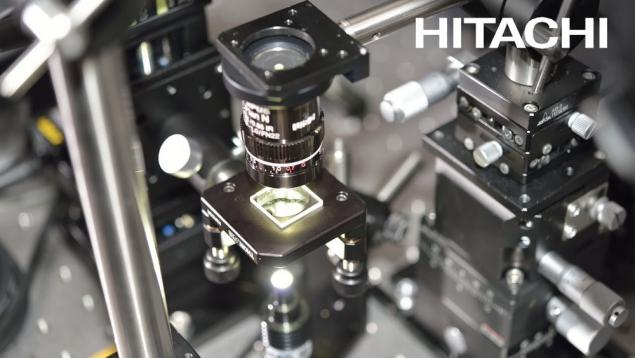
If there were no windows, we did not have the Internet. To send traffic over copper wires we would need countless tons of copper, and still nothing would have happened due to an electric resistance. Fortunately, there is an optical fiber, which built all more or less serious data network.
But how to store a wealth of information, which we constantly generate? Today, data is stored on a very trivial means - on the HDD-drives, USB flash drives, CD, DVD, tape drives, and all of these carriers have limitations
. This is actually a big problem, because the paper media are not perfect, and electronic and magnetic rather quickly degrade, become outdated and due to the high concentration of information, even the death of one drive results in the loss of large amounts of data. In addition, all kinds of libraries, archives and foundations have to spend a lot of electricity (and money) to maintain the performance of their digital archives.
Content created more and more, and it is expected that by 2020 humanity will accumulate 35 zettabytes data. And what is the amount of content we do not even have time to save?
Glass is able to solve all these problems. It can be stored for a long time - found glass age of several thousand years. A quartz glass is kept almost forever (more than 300 million years, to be exact), it is not particularly exposed to high temperatures (can withstand up to 1000-1100 oC). Several years ago, scientists from the University of Southampton have successfully recorded and read out the quartz glass.
In general, if we write information into the glass, it is well preserved. This can be done by analogy with the CD-disk, when placed on the plane of the track of pits: 1, 0, 1, 0. There is a point on the surface - is one, there is no point - 0. If this is not done in the plane in three-dimensional space and , the volume of data storage to be much larger. For example, Blue-Ray disks are composed of three or more layers. But if you take the glass as a transparent medium, it is possible to do much more.
Hitachi Company since 2009 developing a technology to create in the volume of bilateral layers of glass 50, that is, it turns 100 layers of data storage. Special femtosecond laser allows you to quickly change the focus on different layers. Technology today gives a total capacity of 1, 5 GB per 1 square inch.
It turns out that if we use laser light high power, inside-point pits created in the laser glass, formed nanolattices. This structure, having the effect of birefringence. What does it mean if the beam will pass through this nanolattices, it will change its polarization, and we will be able to quantify what has happened to him. Then we can each point to add additional parameter.
That is, the point itself in the glass - is a single bit. And with the additional physical parameter at one point can be recorded 2, 3, 4, 5 and even bits. Thus, conventional glass disk can store up to a thousand years to 200 terabytes of data. We can say with confidence that in 20-25 years the enormous amounts of information to be stored in glass.
Source: geektimes.ru/company/mailru/blog/276892/
"The effect of the doorway": why do we forget why they came
Harappan civilization was ancient Dravidians in the world









